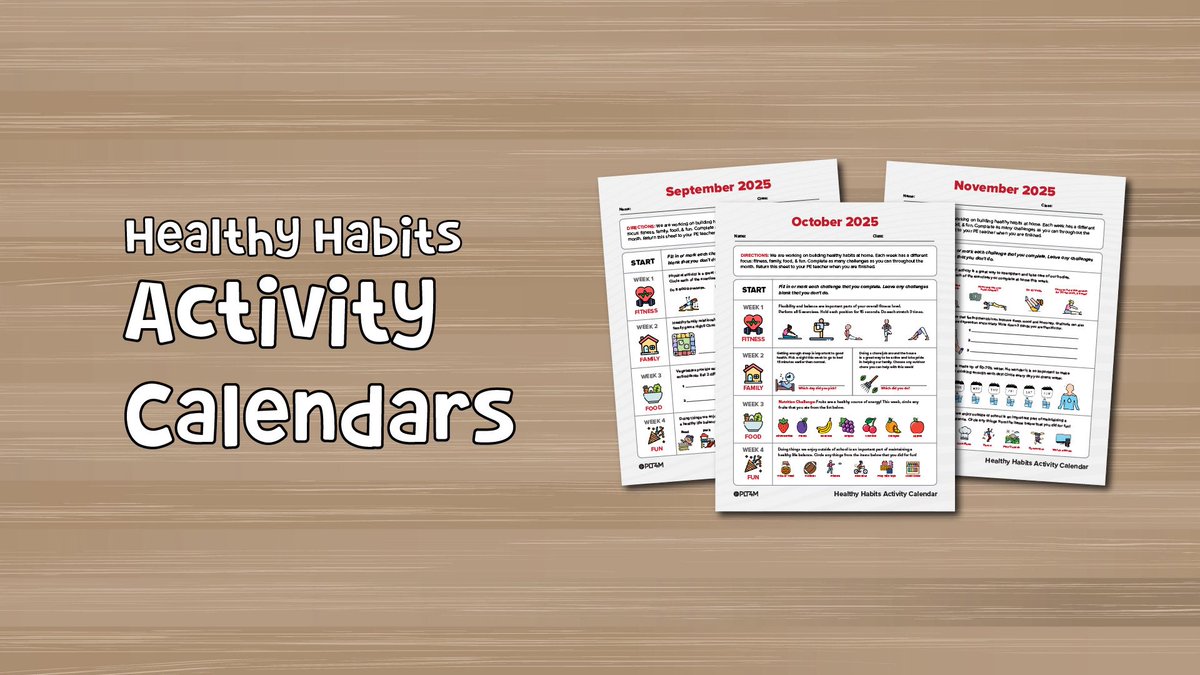[vc_row][vc_column][vc_column_text]
The Push Up Test
The Push-Up – you know it, you love it, but you might need to adjust it!
In many of our programs, students will find the 1 minute push up test.
The standard push up test has been used for decades as a component of a basic fitness assessment. It aims to record and track an individual’s relative muscular strength. Specifically, it tests the muscular strength and endurance of the upper body.
But before we expect everyone to dive into 1 minute straight of perfect push-ups…let’s be sure to define the key points of performance. [/vc_column_text][/vc_column][/vc_row][vc_row][vc_column][vc_video link=”https://www.youtube.com/watch?v=avwErs_Xr64″][/vc_column][/vc_row][vc_row][vc_column][vc_column_text]
Push Up Points Of Performance
1. Hand Placement – Palms flat on the ground, fingers forward, just outside of the shoulders.
2. Elbow Path – Shoulders remain externally rotated, tracking the elbows back towards the lats/rib cage, not flaring out to the side.
3. Midline Position – Core should remain engaged through the lift, maintaining a neutral spine. Hips should not sag, or move independent of the torso (think the worm style push up). Hips should never hit the ground and should move in time with the shoulders.
4. Full ROM – Chest must touch the floor at the bottom (not the abs) and elbows must lockout fully at the top.
Now that we have defined what we want to see let’s quickly outline what we will hopefully avoid! The most common faults we see are improper hand placement and elbow path (no 90-degree shoulder angles, please!), saggy hip level, lack of full ROM, and hips and shoulders moving separately from one another on the ascent.
And so for something like the push-up test, it is important to be mindful that many students will likely run into some of the common faults as they attempt to go for this extended time. Teachers and coaches can and should encourage students to MODIFY their push-up. Let’s take a look at some examples.
Student Examples
Let’s use two different students as an example: Carlos and Sarah. Carlos and Sarah both can perform 2-3 push-ups from the ground, but quickly run into many of the common faults. For both students, they ‘hit the wall’ and would likely be sitting around for about 50 seconds of their 1 minute push up test after they hit those first 2-3 reps.
Carlos and Sarah could and should consider modifying. They decide to find an elevated surface (bench, box, couch, countertop, etc.) and perform a full minute of push-ups from their elevated surfaces.
Upon returning to their push-up test in the coming weeks, the two students now have multiple options that can still signal personal improvement. For this example, we will have the two students choose from different options.
Carlos, not sure about his improvement, decides he wants to stick with the same elevated surface. Only this time, he will see if he can perform more reps within the allotted one minute.
Sarah, confident of the work she has been putting in, decides she wants to go to a lower elevated surface but hit the same number of reps she had previously hit from the higher surface.
While their end numeric results will look different, they both, if successful, will be able to celebrate progress within their fitness journies.
Fish In A Tree
“But if you judge a fish on its ability to climb a tree, it will live its whole life believing it is stupid.”
While a vivid analogy, it’s sentiments ring true in fitness. In the above example, Sarah and Carlos could likely feel as if they were fish trying to climb trees if they were only allowed to perform the push-ups from the ground in a minute push up test. Instead, they were provided modification options and given a new framework and mindset to understand the different ways they as individuals could see personal growth.
The goal of a robust fitness education is not to test a fish’s ability to climb a tree, but rather show the fish all of the different ways it can swim and succeed for the rest of its life. This one minute push up test, and all of its parts, helps us as educators to see that! [/vc_column_text][/vc_column][/vc_row][vc_section][vc_row][vc_column][vc_separator][/vc_column][/vc_row][vc_row][vc_column][vc_column_text]
Want to learn how over 1,200 schools currently implement PLT4M in school and remotely?
[/vc_column_text][/vc_column][/vc_row][vc_row][vc_column width=”1/3″][/vc_column][vc_column width=”1/3″][vc_btn title=”Request A Demo” link=”url:https%3A%2F%2Fplt4m.com%2Fwant-to-see-more%2F|title:Want%20to%20See%20More%3F” el_class=”red_button”][/vc_column][vc_column width=”1/3″][/vc_column][/vc_row][vc_row][vc_column][vc_separator][/vc_column][/vc_row][/vc_section]






